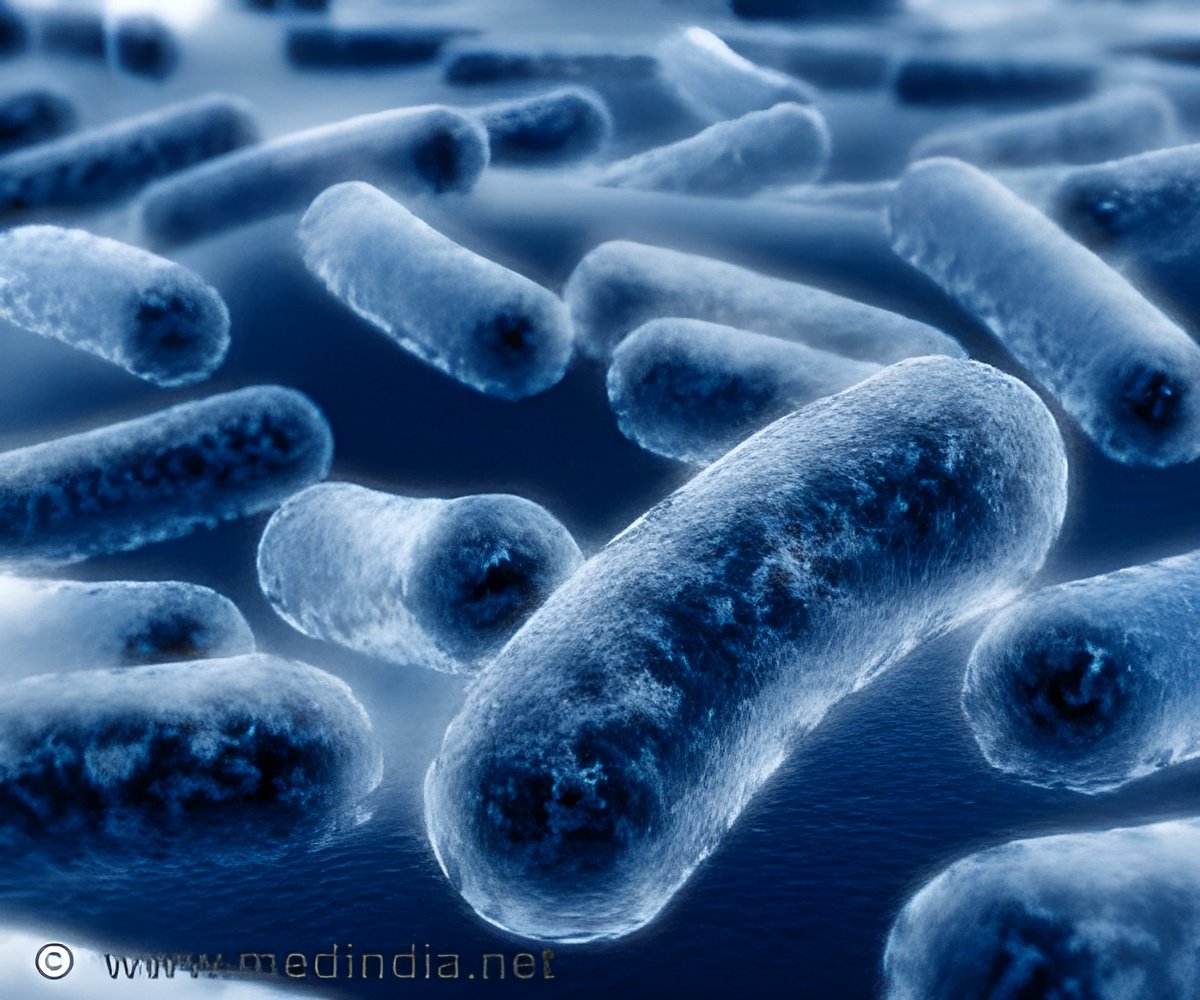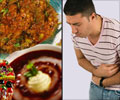
"We continue to recognize just how clever this bug is in adapting to its environment," said systems biologist Josh Adkins of the Department of Energy's Pacific Northwest National Laboratory. "During infection it lives in hostile environments, and so it can use multiple approaches to adjust its functions."
Whole Ensemble
Salmonella Typhimurium causes food poisoning in people and can be fatal in the elderly or very young. Recent technological advances in the field known as proteomics are allowing researchers to explore how proteins, the workhorses of the cell, allow the bacteria to infect and cause illness. Most technologies that examine a cell's ensemble of proteins do so by chopping the proteins up. Adkins, lead author Charles Ansong and other colleagues wanted to look at whole proteins, which provides more information such as how proteins are regulated.
Cells regulate how proteins work in several ways. One of the most common adds molecular pieces that serve as gas pedals on proteins, turning them up or down in a grand orchestrated way. Proteomics methods that chop up proteins allow a researcher to determine that a particular protein was present, but not if it was actually functioning. Those methods also destroy evidence about how hard the gas pedal was pressed.
To identify which proteins were likely turned on or off during Salmonella infection, the team grew the bacteria either with rich food that satisfied all their nutritional needs or with nutrient-poor food that mimicked the kind of stressful environment the microbes find themselves in while infecting someone.
Advertisement
They also determined if the proteins had molecular modifications on them. These can cap an end of a protein or dot the protein's length. Because different modifications can be mixed and matched on one protein, they ended up with a total of 1,665 different forms of the 563 unique proteins.
Advertisement
Gluts Versus Cysts
Of particular interest to the team were S-thiolation modifications. These modifications cover and protect a protein's sulfur atoms, which tend to snag each other like velcro and cause misshapen proteins. The modifications come in two flavors: a bulky glutathione and a compact cysteine. While glutathione modifications are pretty well studied, only four studies reveal cysteine modifications, and only two of those are in bacteria.
A total of 25 proteins sported glutathiones and another 18 wore cysteines. But nine of these stood out: The glutathiones and the cysteines attached to the same exact spot on the nine proteins. Not at the same time -- the team found that Salmonella used glutathiones at these sites when they were fat and happy, growing with rich food. When grown under stressful conditions with nutritionally poor food, the Salmonella swapped their glutathiones for cysteines.
In addition, switching S-thiolation modifications appeared to be a talent unique to Salmonella. The team checked other bacteria such as Escherichia coli, a common gut bacteria, and Yersinia pestis, which causes plague, to see if other species used this S-thiolation switch on their proteins. They didn't, suggesting that Salmonella had come up with this tactic during its own evolution.
The researchers speculate that Salmonella might use the smaller cysteine under stressed conditions as an energy saving device. Additional research will reveal what control functions the modifications are actually performing on the proteins.
Source-Eurekalert











